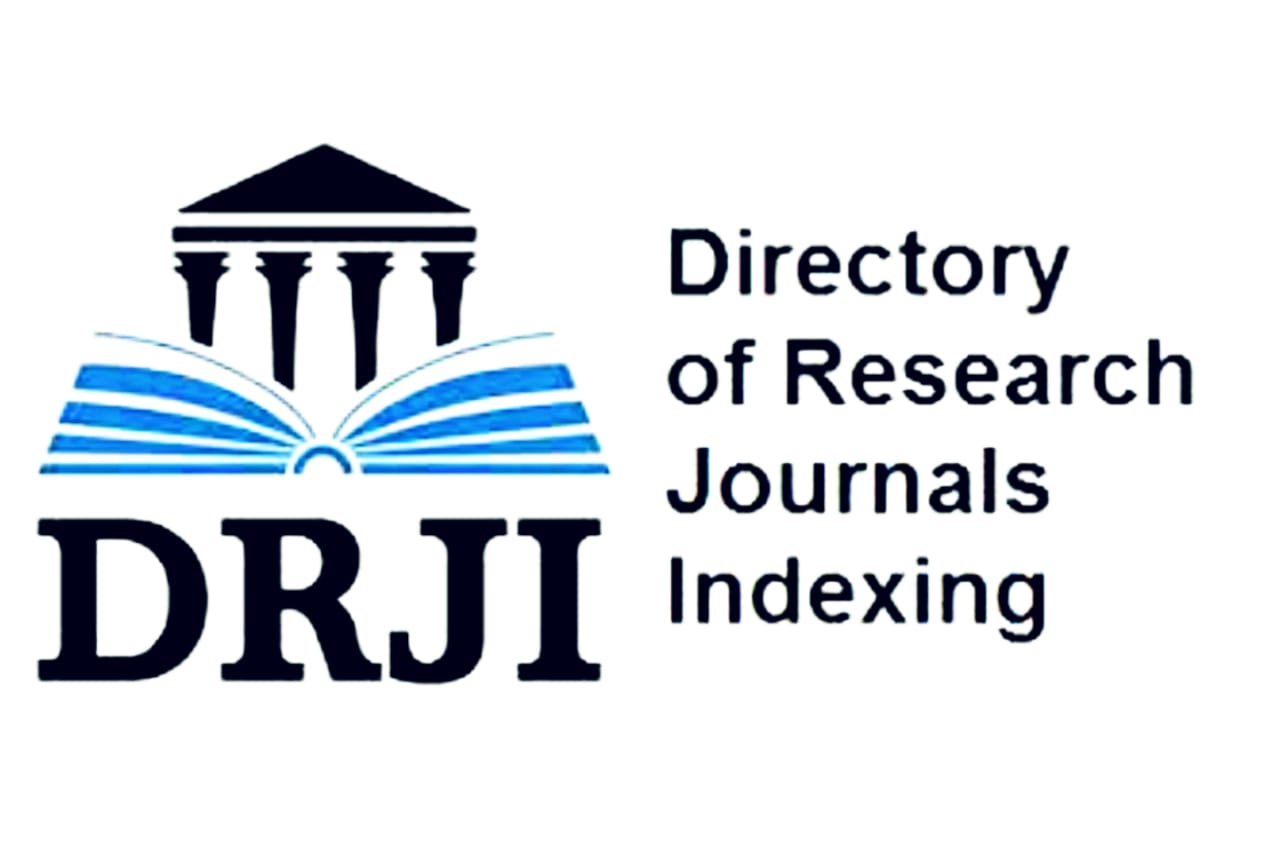Features of the chemical composition and technological properties of large-fruited purple cherry plum to justify its use for the production of dried fruits
DOI:
https://doi.org/10.26577/ijbch.2021.v14.i2.014Abstract
This article presents the results of studies of large-fruited purple cherry plum, large-fruited yellow and large-fruited red cherry plum. The fruits of the large-fruited purple plum contain a higher percentage of pectin substances and fiber. The authors drew attention to this fruit due to its widespread growth in the south of Kazakhstan. Due to the presence of useful substances, the authors justified the possibility of using this fruit and the dried fruit obtained from it for the prevention of cardiovascular diseases and anemia. The problem of these diseases is relevant for Kazakhstan, in particular, for the south of Kazakhstan. Dried fruit is the product that allows you to get a balanced diet in the autumn-winter-spring period. Modern methods of drying allow you to preserve the appearance and useful composition of dried fruits. Cherry plum is a perishable and perennial plant. It is drought-resistant, not fastidious to growing conditions. Based on the results of a comparative analysis of the mineral composition of the ash residues of cherry plums of different sizes and colors growing in the Turkestan region, conclusions are drawn about the high content of useful components in cherry plums. It is proved that the formation of biocomponents in cherry plum fruits is also influenced by soil and climatic conditions and environmental factors of vertical zonation.
Downloads
How to Cite
Issue
Section
License
Copyright (c) 2021 International Journal of Biology and Chemistry

This work is licensed under a Creative Commons Attribution-NonCommercial-NoDerivatives 4.0 International License.
ааа
















